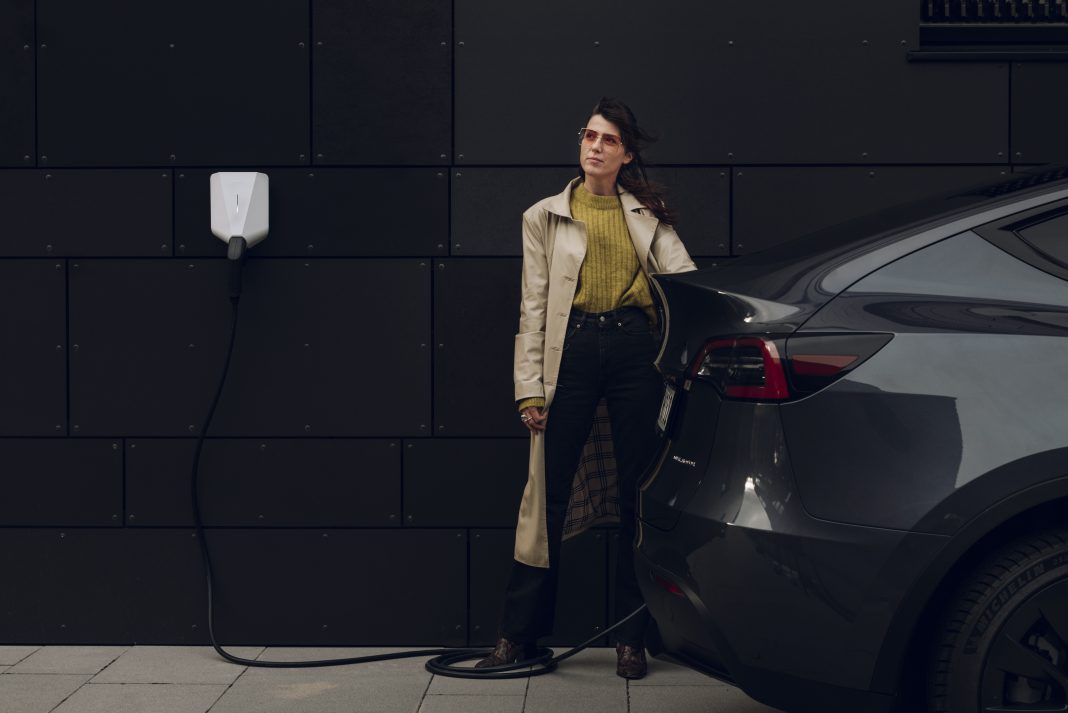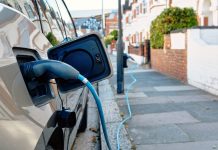Csilla Heim at Easee looks at the accessibility of EVs, explaining that net zero is in sight, but only with accessible charging infrastructure for all
Let’s be clear, there is so much to celebrate about the rise of electric vehicles (EVs) in the UK. In 2015, less than 0.5% of new vehicle registrations were battery electric vehicles (BEVs). Just seven years later, at the end of 2022, we celebrated a new milestone: in December, BEVs overtook the sale of petrol and diesel vehicles for the first time, while at the end of February 2023 there were almost 700,000 BEVs on UK roads. The 2030 ban on the sale of new petrol and diesel cars, along with the 2035 phase out date for plug-in hybrids, could further pave the way for the UK to become the biggest BEV market in Europe.
Attitudes to EVs among female drivers
Despite these incredible successes, there are still bumps in the road. Research suggests not all drivers are convinced of the benefits for going electric. One (sizeable!) demographic that is less than convinced about the merits of going electric is women; multiple studies in recent years have highlighted the differences in attitudes between women and men among UK drivers. For example, Government research published in December 2021 found women were less likely than men to be interested in EVs due to concerns such as range anxiety, the cost of EVs, and a lack of charging infrastructure. A separate study published by AutoTrader in the same year found that only 25% of women in the UK are considering an EV as their next car purchase, compared to 35% of men.(1)
Public charging safety concerns
Meanwhile, among women that have made the transition to EVs, other concerns have emerged around the safety of the UK’s public charging infrastructure. A qualitative study by Keele university of female EV drivers found most were concerned about charging late at night in dark, poorly lit, unsheltered, and relatively isolated areas. Many felt “trapped” inside their vehicles while charging, especially if there were no basic amenities close by. Another survey published last year by Motoring website Honest John found that of 500 drivers questioned, 80.3% feel vulnerable when charging their electric car, 62.9% don’t think security measures at charge points are adequate, and 88.5% have chosen not to use a charge point because they felt unsafe at the location.
In response to these concerns, a campaigning organisation, called Chargesafe, has been set up to call for safer and more secure charging experience for EV drivers after its founder Kate Tyrell reported feeling unsafe while charging due to poor lighting, poor visibility, and the lack of security cameras.
Why understanding EVs from the female perspective matters
Let’s play devil’s advocate for a moment here. Why should we care about women’s attitudes to EVs and charging infrastructure? Tackling the public charging issue first, if women don’t feel safe while charging, there is clearly a likelihood that their concerns will be prevalent among other more vulnerable drivers, such as the elderly or those with certain disabilities? If so, the pool of drivers that does feel at ease while using public chargepoints looks to be increasingly small. If we want to encourage everyone to make the transition to EVs, as an industry why are we not proactively addressing these concerns?
Secondly, if women are not buying EVs, there is a risk that their needs and preferences may be overlooked by manufacturers and policymakers, creating a ‘vicious circle’. We have seen this before in other areas, such as airbags and crash test dummies, which have historically been designed with male drivers in mind, putting women at greater risk of injury in the event of an accident.
And finally, one for the number crunchers: can it really make good commercial sense to overlook the needs of half of the UK’s drivers (or more than half, if other groups such as elderly drivers or those limited mobility share similar concerns). In an age where women make up 35% of all car registrations the brands that successfully appeal to women drivers will surely reap the rewards.
Getting women on board
In some ways setting out the challenges is the easy part. But what exactly can we do about it?
- Educate. There is clearly work to do both in raising awareness of the benefits of EVs and proactively challenging misconceptions. For example, according to Auto Trader’s research in 2022, 63% of women drivers in the UK were not aware of the government grants and incentives available for electric vehicles (EVs), while 25% of women drivers in the UK believed that electric vehicles (EVs) were more expensive to run than equivalent petrol or diesel cars. We must find an effective way to quash the same persistent myths and misconceptions about EVs that, as an industry, we come up against all the time.
- Listen. While we must educate, it is equally vital to ensure that we are listening and responding to the views and concerns of female drivers. As part of this we must avoid ‘preaching to the choir’ by talking exclusively to the enthusiastic early adopters, and instead make a concerted effort to reach those audiences that are as yet unconvinced. By talking to female drivers and other demographics that may have similar views, we can understand the concerns and challenges they have, and adapt our strategies to suit.
- Learn. We should learn from examples emerging from other cities and countries that are proactively aiming to improve the EV experience for women. There are some wonderful examples from European cities such as Umeå in northern Sweden, which has installed illuminated charging stations in well-lit areas to increase the safety of charging at night.(2) The charging stations are also equipped with emergency call buttons. Of course, Norway, which has installed a fast charger on every main road in the country.
- Recognise and attract female talent. It is vital that women are represented at all levels of the automotive and EV charging industries to help increase the likelihood that the perspectives and experiences of women are not overlooked when it comes to the design and rollout of EVs and EV charging infrastructure.
Electrification is a huge but exciting challenge, involving a shift not only in transportation and charging infrastructure but in the way we generate and distribute energy. While the scale of innovation in the automotive and EV charging industries is truly incredible to witness, we must ensure that the transition to EVs is catering to the needs of the many, and not the few. On the road to zero, no driver should be left behind.
References
- AutoTrader Market Report on Electric Vehicles (EVs) 2021
- Electric vehicle charging station siting and design for equitable access: A review of the literature and guidance for planners and policymakers, International Council on Clean Transportation (ICCT)

This work is licensed under Creative Commons Attribution-NonCommercial-NoDerivatives 4.0 International.











